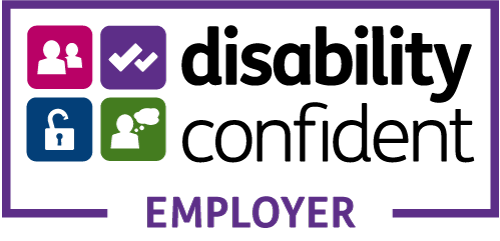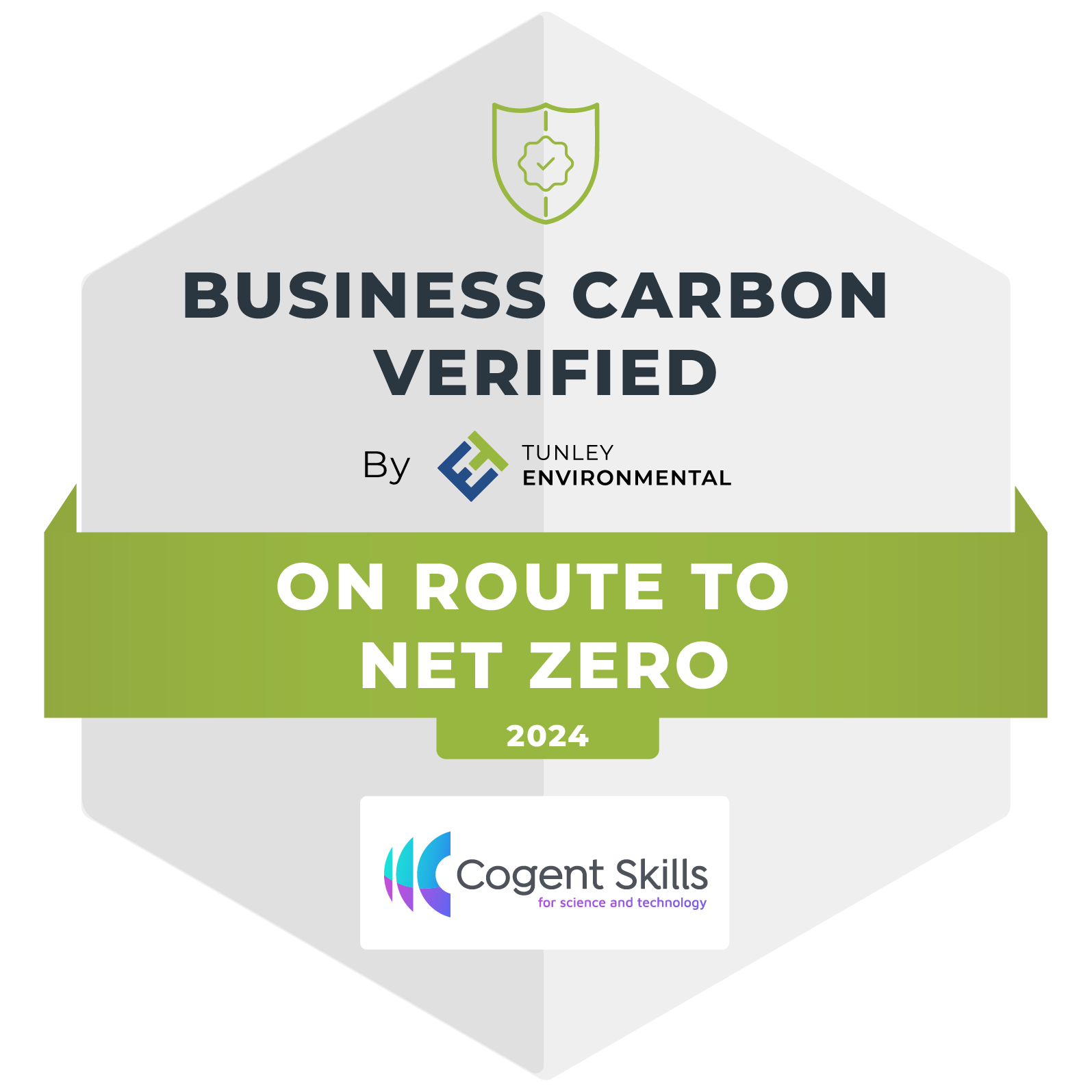Developing strong process safety performance often requires a shift in organisational culture – so how should employers bring about this transformation and why is it necessary?
What follows is an attempt to identify the main stages along the journey to best-in-class process safety performance, based on my nearly 50 years of experience in the high-hazard industries.
Stage one: Establishing the truth
A common theme is significant variation in the understanding of a site’s process safety performance and compliance. This can be unhelpful when leaders make collective decisions on how best to use limited resources. My experience has shown me that some senior leaders overlook process safety as part of their remit. This is a mistake as regardless of your role in the organisation, you will influence process safety.
For example, if you are working in a human resources role, ask yourself: is your performance management system robust enough to drive improvement across the board by effective task and target setting processes? When you are recruiting are you conscious that the type of people who work in a high hazard industry may be different than those employed in low hazard environments?
Alternatively, if you work in finance, when you are budget planning ask yourself: are you doing so in a manner that will not compromise process safety? All staff – including those not directly involved in operations or maintenance – can help provide the entire workforce with fresh perspectives and a way of thinking differently.
So how can we bring everyone to the same level of understanding? There are two principal approaches: an internal research study or an independent audit.
My preference is always the latter: an external audit provides a more fact-based analysis and removes any potential personal biases. The phrase I often use to frame this is ‘establishing the concrete reality’, which simply means everyone is on the same page when trying to establish the truth.
Stage two: Defining where we want to go in the future
This stage can also be thought of as establishing a vision. However, the problem with visions is they can often read more like a wish list or just a set of aspirations. When this is the case, they provide little or no detail of how the people in the organisation will contribute to achieving it.
Consider an example: “Our Process Safety performance will be best-in-class in three years” and let’s look at what is missing. How will you know if you achieved it? Who is going to tell you? What is it that the people working in this organisation are going to do differently, which will ensure the vision is realised?
A better way of thinking about a vision – particularly in terms of process safety – is to think about it as a new reality at a time in the future. This should not be that difficult if stage one was completed. From the data collected, we should be able to create a vision focused on closing the performance gaps identified.
There are a number of examples of initiatives which have helped achieve the vision of becoming a high performing process safety culture.
One organization discovered they had many more minor losses of containment from rotating equipment failures than would be the norm for their area of business. To fix this, they upskilled their mechanical technicians in motor driven alignment techniques and mechanical seal overhaul and replacement. They also ensured their mechanical engineers reviewed current monitoring schedules and improved the process of identifying issues before they turned into a loss of containment. Through all of this, they were committed to including milestones along the journey.
Another employer I worked with found widespread non-compliance to standard operating procedures because they were out of date, written in unfamiliar language and there were no consequences. The leadership addressed this by instigating annual reviews of standard operating procedures (which was the responsibility of operational supervisors and plant managers) and made the consequence of non-compliance understood by all staff.
These examples demonstrate how all staff can be involved through their daily work to help achieve the vision
Stage three: Bringing the vision alive
This stage requires quite a lot of effort and the changes required will vary by role (such as managers, supervisors, engineers, technicians, operators). At this point, the organisation’s leadership must define the specific actions, targets and any required training which staff must complete for them to stand a fair chance of achieving the vision.
There must be also a robust and extensive communications process to ensure everyone is on board and understands their role. The best way to do this is the pyramid approach, which simply means the messages cascading down from leadership to the rest of the company. Larger organizations may choose to carry out offsite so-called town hall sessions.
Another practice I have seen used successfully across a number of workplaces is to link milestones in the process with making donations to local charities, often selected with employee input. Never underestimate how well people feel about helping local charities through their work.
Stage four: Maintaining momentum
Leadership visibility
The best practical example of this was revealed to me during an audit I was conducting of a very large petrochemical site. The site director’s office was on the top floor of a seven-story building with a panoramic view over the site and I asked them: “when you look out of this window, how confident are you that you know exactly what is going on?”
They stood up, walked over to the window and replied: “when I first arrived, I quickly realised what I know is only what I have been told – and that if I went straight to my office in the morning, I wouldn’t leave until 6pm”.
This revelation changed me – I never again went straight to my office in the morning and instead on arriving at work I would visit a different department each day. My experience tells me leaders should be talking to people across the site, and not just people in their own teams.
The role of a site champion
In my experience, another common aspect of companies which have been successful in changing their process safety culture was an on-site team of change agents, or ‘process safety champions’. They would ideally be supervisors or at a similar level, chosen for their willingness to be trained in new skills and with the credibility and enthusiasm to share the new vision with their colleagues.
Champions would receive extensive process safety training, and help developing their coaching and mentoring skills. They would help managers and fellow supervisors embed specific tasks and targets in the site performance management system at all levels, support the leadership team in creating milestones and report progress back to them – specifically, someone with direct responsibility for process safety.
Another key role for the site champions team is the onboarding of new members of the leadership team. If someone joins and is not given a good grounding in the both the vision and journey required to achieve it, it poses a risk to the collective efforts across the site.
Finally – who needs to be trained in process safety?
The organisations I have worked with which have been most successful in realising their process safety ambitions decided to train everyone at a level appropriate to their roles and responsibilities.
One successful practice is use an internal training delivery resource. The benefits of this are many. Firstly, it enables managers to select staff to be further developed in their roles (such as supporting site champions) and secondly, it creates internal resources to make the company less reliant on outside help in the future.
Thirdly, it helps overcome of the often difficult process of getting everyone on the same page and fourthly, it helps create a language to help articulate process safety discussions, which in a high-performing site should eventually become ‘business as usual’.
Creating a high-performing process safety system often requires cultural change across the organization. This not only keeps people away from harm, it also positively impacts the bottom line (due to less time lost due to accidents and so on).
What’s more, a better safety record and strong public reputation can be a factor in attracting and retaining the best talent. And, as any employer will tell you, talent is vital in achieving long-term success in any industry.
This article previously appeared in the April 2024 edition of Hazardex.
Cogent Skills has been supporting high hazard industries with their Process Safety requirements for more than a decade. For an informal discussion about how we can help your business, contact our team on 01325 740900 or at [email protected].








